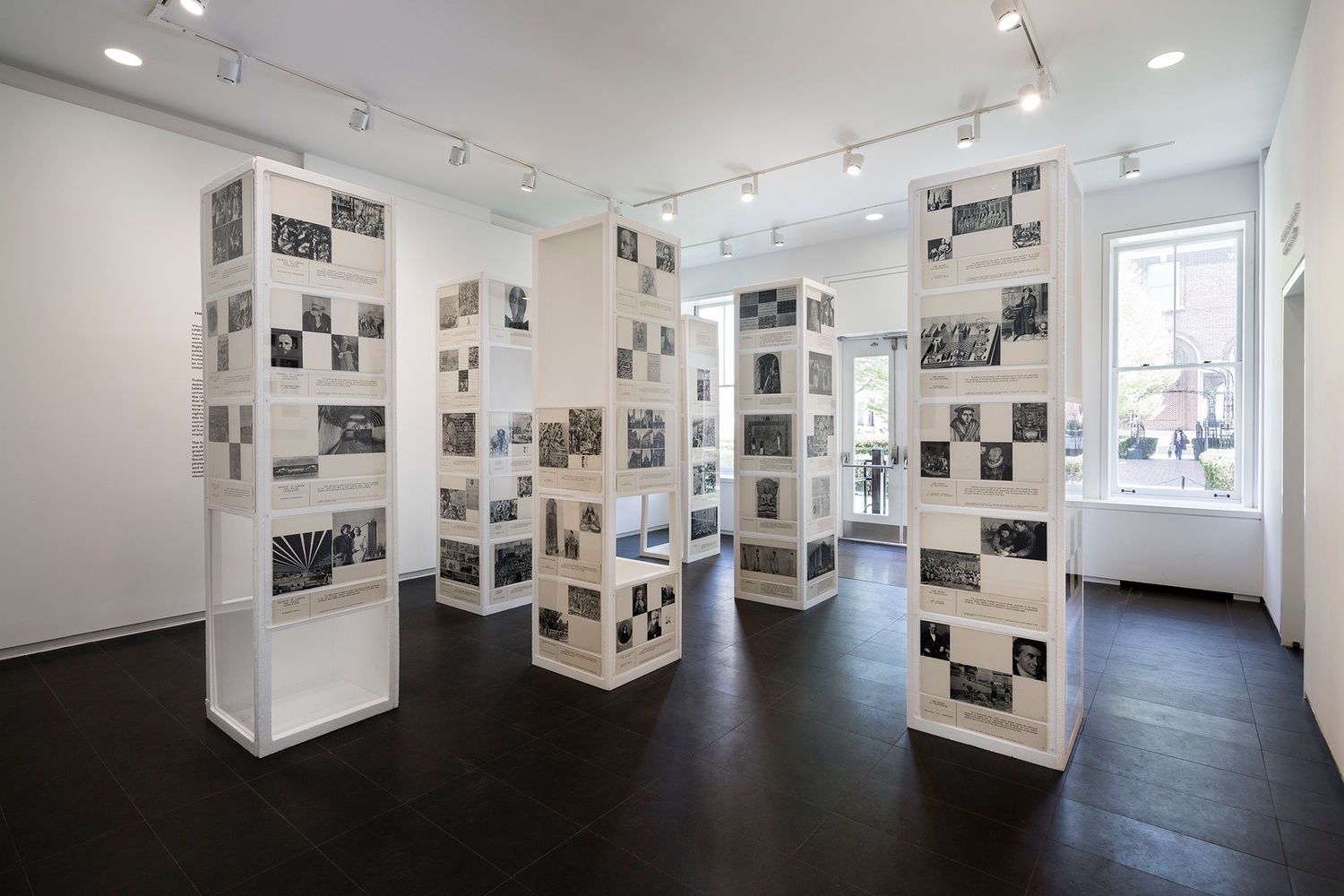Visualizing Universalism probes the archive of the UNESCO Human Rights
Exhibition. Designed for travel to multiple locations, the 1949 exhibition was
conceived as a vehicle for disseminating the content of the “Universal
Declaration of Human Rights,” (UDHR) adopted one year prior. The portable
exhibition package contained an album with 110 images illustrating episodes
within the history of human rights, a printed copy of the UDHR, and an
instruction manual offering suggestions for the installation of the exhibition
content.
Today, the moral language of “human rights” appears so natural to our
contemporary sensibilities that we rarely question its history and universal
applicability. However, an inquiry into the UNESCO Human Rights Exhibition
reveals that the international propagation of a novel moral language proved a
significant challenge. At the time of the adoption of the UDHR, the idea of
human rights did not yet imply a given moral vocabulary; this had to be
invented. Thus, an eclectic organizing committee–comprising bureaucrats,
intellectuals and architects–sought to embellish the abstract idea of human
rights with tangible visual content implying a universally shared, progressive
history.
The full contents of the traveling exhibition package are displayed in this
room. In the South Gallery are installation photographs from the inaugural 1949
Paris exhibition, photographs of the traveling show in Berlin, (list all), and
documents from the UNESCO archives that reveal the struggle to formalize and
visualize human rights as a universal history of humanity.















